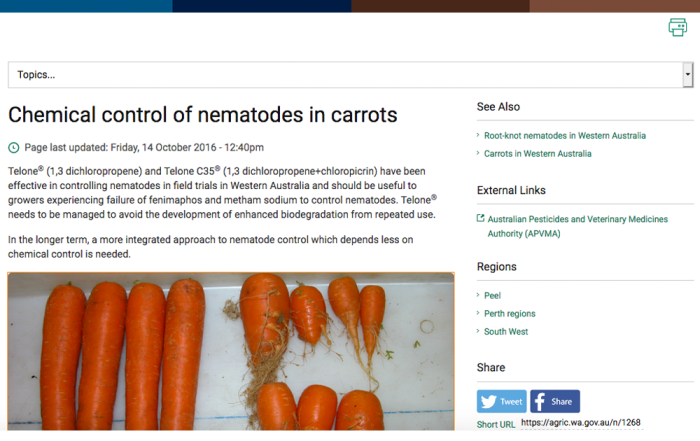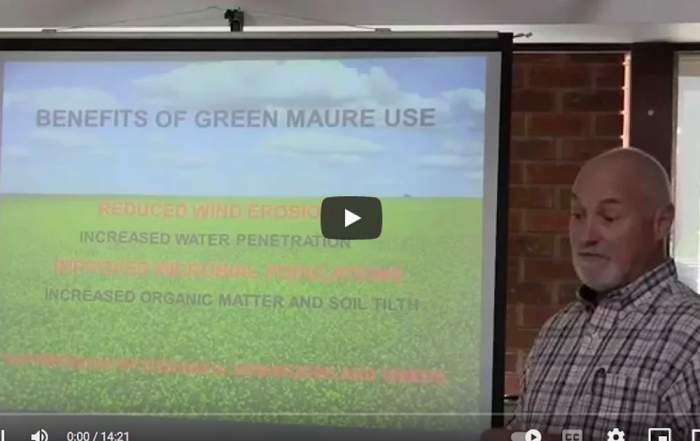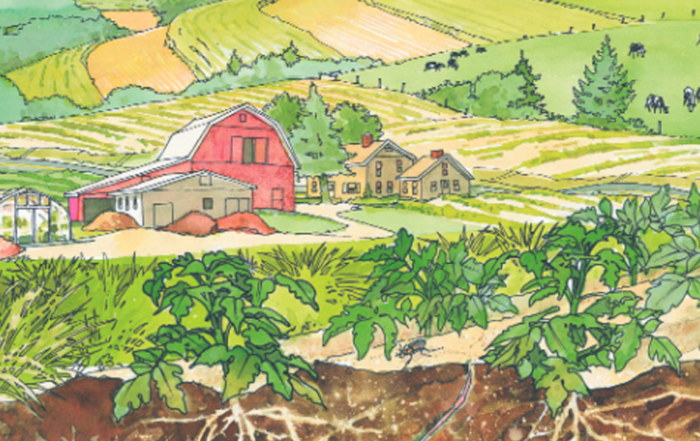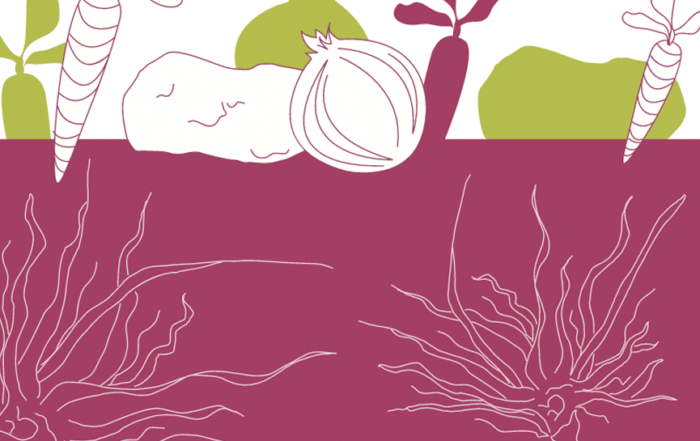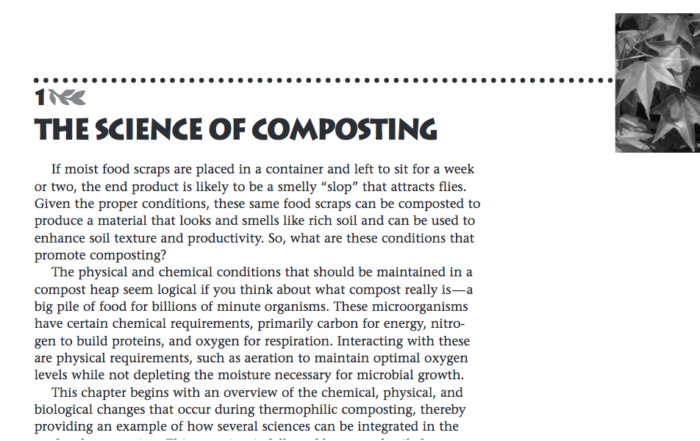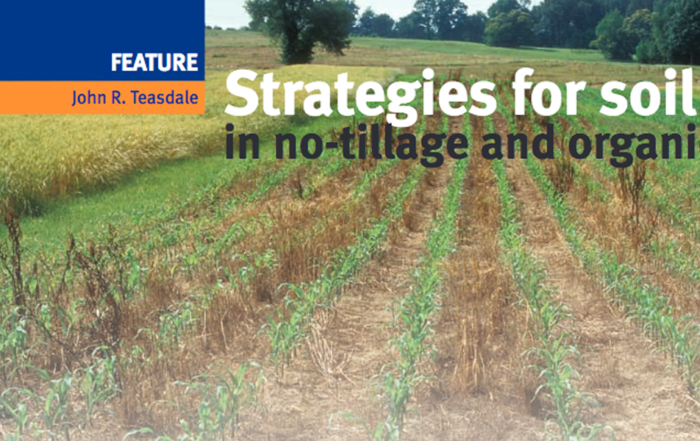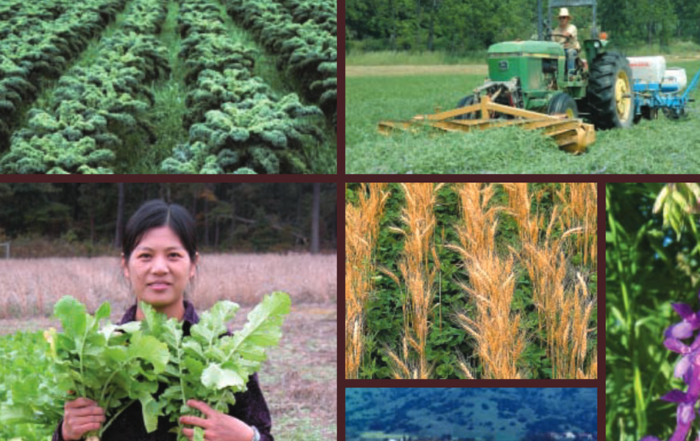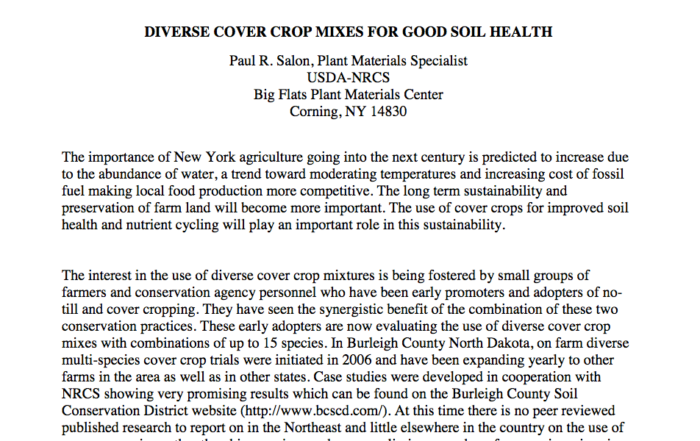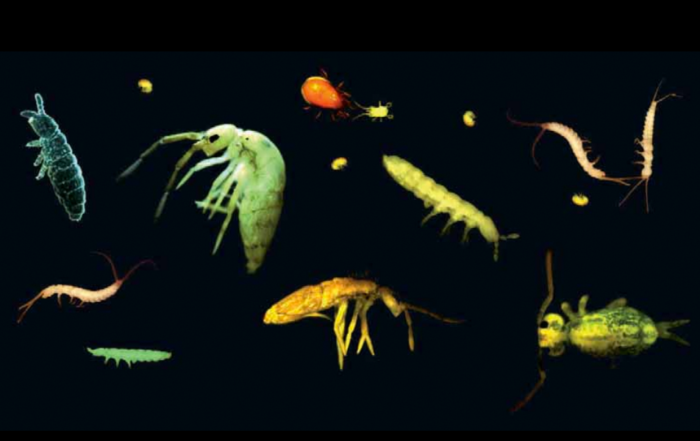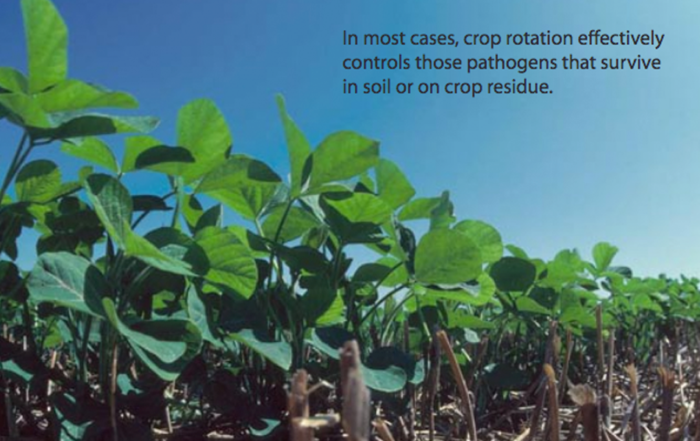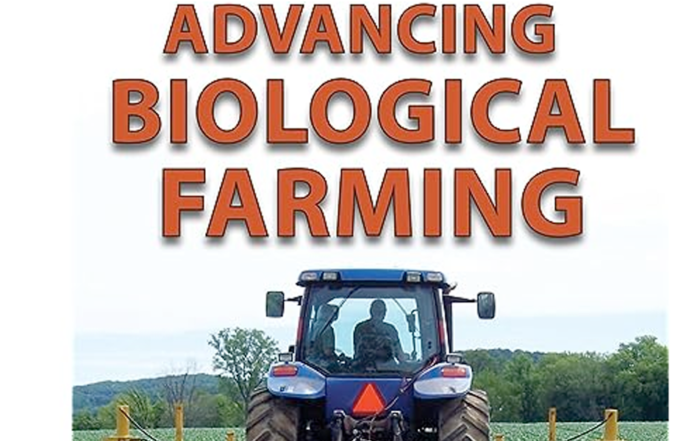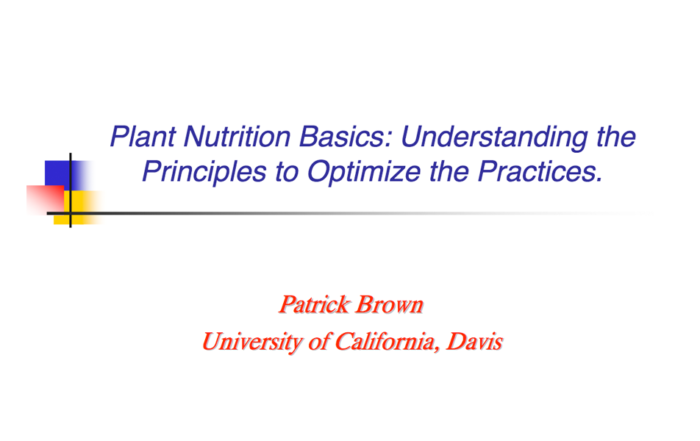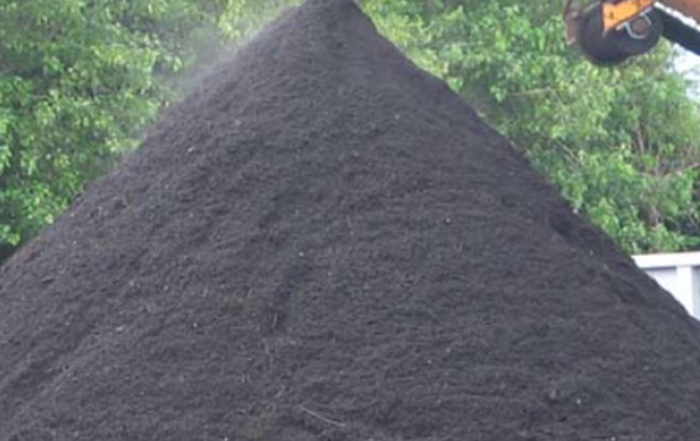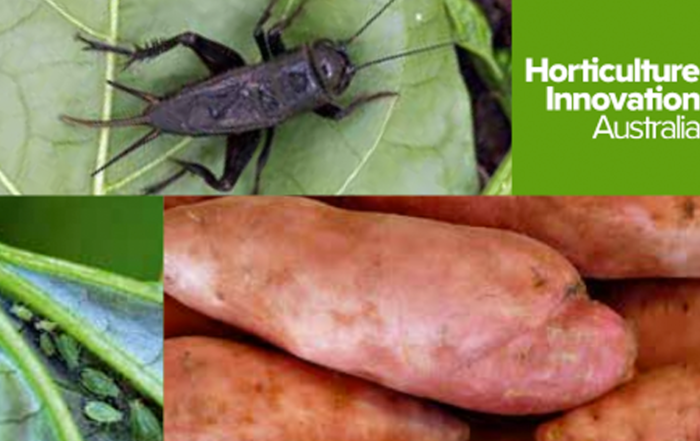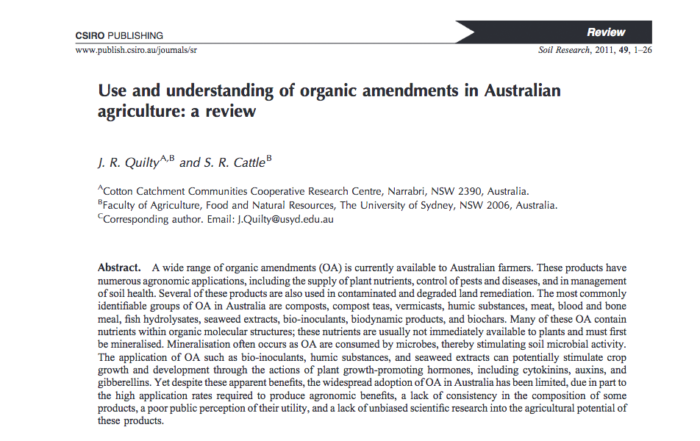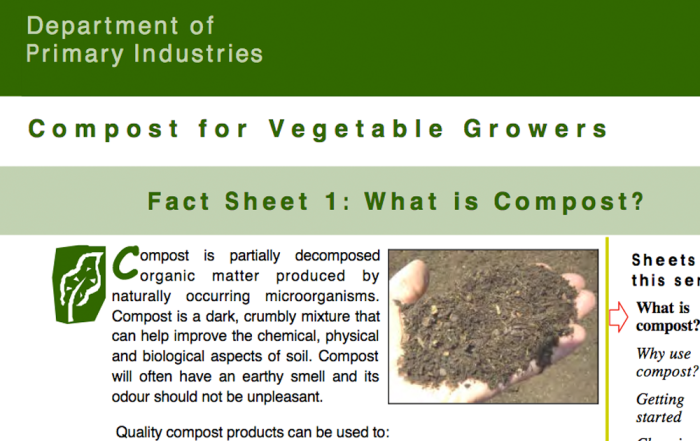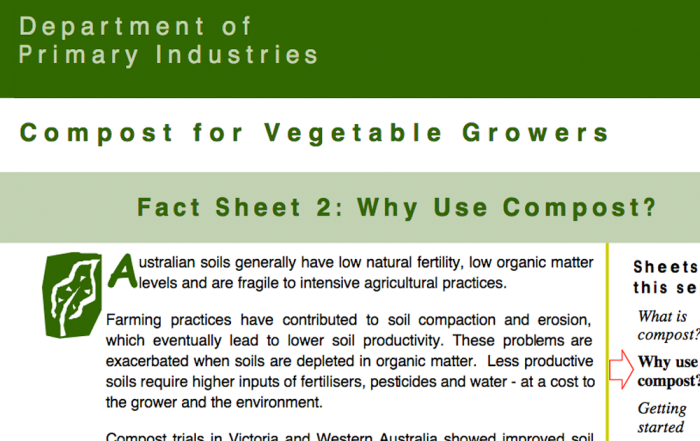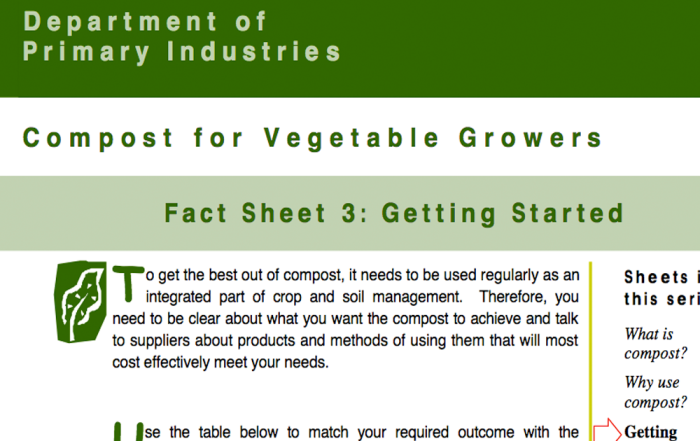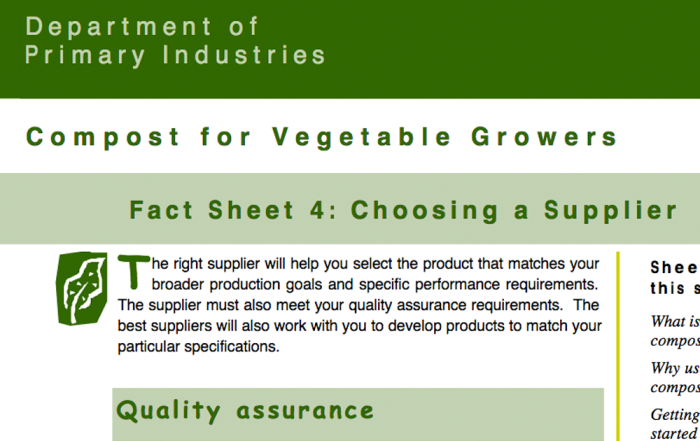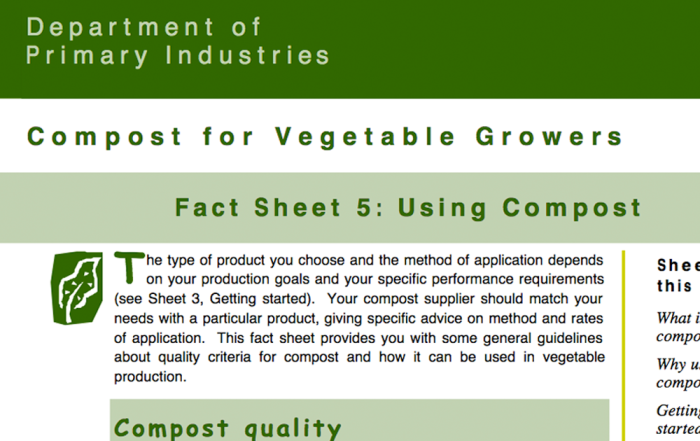The Soil Wealth ICP project develops informative and timely resources in a range of formats.
These resources target specific vegetable and melon issues and allow growers to apply knowledge to solve problems within their business.
Resources have been developed by the Soil Wealth ICP project team and a range of R&D service providers. We acknowledge the valuable work done by these teams in developing the resources and will share new information as they become available.
Use the search function below to filter resources by area, crop, topic or type.
You can also search across these options by adding multiple key words into the search box (e.g. NSW brassica cover crops).
Chemical control of nematodes in carrots
Telone® (1,3 dichloropropene) and Telone C35® (1,3 dichloropropene+chloropicrin) have been effective in controlling nematodes in field trials in Western Australia and should be useful to growers experiencing failure of fenimaphos and metham sodium to control nematodes. Telone® needs...
Introduction to green crops and biofumigation
Part 1 of 5 of a Green Crops and Biofumigation seminar presented by Dale Gies from High Performance Seeds Inc, Washington, USA. Seminar hosted by Serve-Ag Tasmania, February 2015 and broadcast by Soil...
Building Soils for Better Crops
This book is a practical guide to ecological soil management that provides background information as well as details of soil-improving practices. It is meant to give the reader an appreciation of the importance of...
Management of Root-Knot Nematode in Vegetable Crops
There are many situations in the vegetable industry where crops are planted into fields where the root-knot nematode population is too low to cause yield losses. However, in the absence of a nematode monitoring...
The Science of Composting
This book chapter begins with an overview of the chemical, physical, and biological changes that occur during thermophilic composting, thereby providing an example of how several sciences can be integrated in the study of...
Strategies for soil conservation in no-tillage and organic farming systems
This article from the Journal of Soil and Water Conservation discusses the outcomes of a long-term experiment comparing selected no-tillage grain cropping systems and a reduced-tillage organic system. Download PDF
Managing Cover Crops Profitably
This handbook published by the Sustainable Agriculture Network in the United States provides helpful maps and charts, detailed narratives about individual cover crop species, chapters about specific aspects of cover cropping and extensive appendices...
Diverse Cover Crop Mixes for Good Soil Health
This article discusses the benefits and challenges of incorporating mixed cover crops into a farming system. Download PDF
Soils Alive! Understanding and Managing Soil Biology on Tasmanian Farms
This guide developed by DPIWE aims to provide landholders with: a better understanding of the importance of soil biology to sustainable agriculture an improved awareness of the range and number of soil organisms on...
Sustainable Management of Soil-borne Plant Diseases
Soil-borne diseases result from a reduction of biodiversity of soil organisms. Restoring beneficial organisms that attack, repel, or otherwise antagonize disease-causing pathogens will render a soil disease-suppressive. Plants growing in disease-suppressive soil resist diseases...
Advanced Biological Farming
One of the leading authorities on biological farming, Zimmer is recognized for improving farming by restoring soils. Arguing that an optimally productive soil contains a balance of inorganic minerals, organic materials and living organisms,...
Plant Nutrition Basics: Understanding the Principles to Optimise the Practices
This presentation by Patrick Brown from the University of California provides an outline of the principles of plant nutrition including nutrient function and mobility in plants, soil and leaf testing, nutrient management, and plant...
Curing Compost: An antidote for thermal processing
This presentation by Patrick Brown from the University of California provides an outline of the principles of plant nutrition including nutrient function and mobility in plants, soil and leaf testing, nutrient management, and plant...
Pests, Diseases and Disorders of Sweetpotato: A field identification guide
This guide enables field identification of the insects, diseases and disorders of Sweetpotato by providing: photos written description damage symptoms season when commonly found Download PDF
Use and understanding of organic amendments in Australian agriculture: a review
This scientific review provides insight and data on: the types of organic amendments available for use in Australian agriculture the purported benefits of applying different groups of organic amendments to plant-soil systems why adoption...
Compost for Vegetable Growers: What is Compost?
This is the first fact sheet in a series for vegetable growers. These sheets provide information about composting, compost products and how to best use them to suit your needs. Download file ...
Compost for Vegetable Growers: Why Use Compost?
This is the second fact sheet in a series for vegetable growers. These sheets provide information about composting, compost products and how to best use them to suit your needs. Download file ...
Compost for Vegetable Growers: Getting Started
This is the third fact sheet in a series for vegetable growers. These sheets provide information about composting, compost products and how to best use them to suit your needs. Download file ...
Compost for Vegetable Growers: Choosing a Supplier
This is the fourth fact sheet in a series for vegetable growers. These sheets provide information about composting, compost products and how to best use them to suit your needs. Download file ...
Compost for Vegetable Growers: Using Compost
This is the fifth fact sheet in a series for vegetable growers. These sheets provide information about composting, compost products and how to best use them to suit your needs. Download file ...

